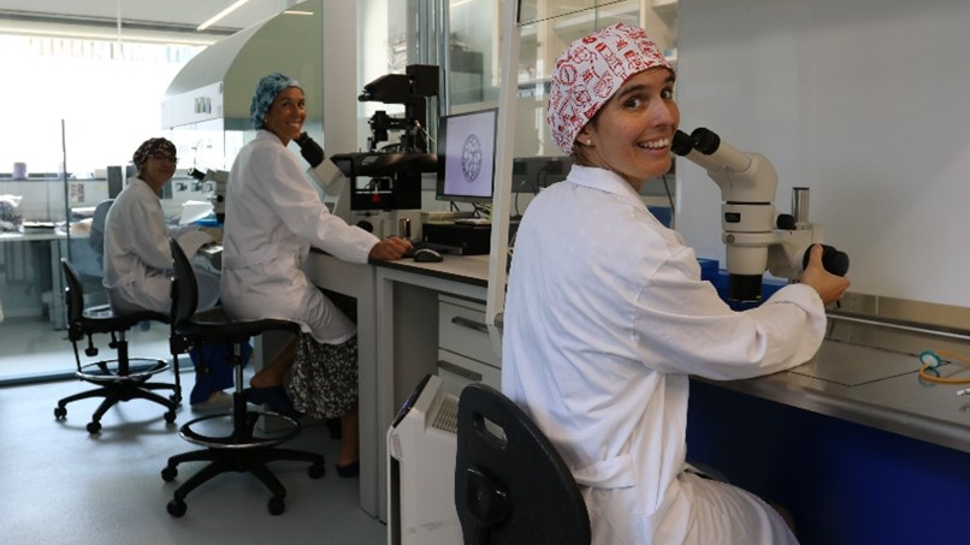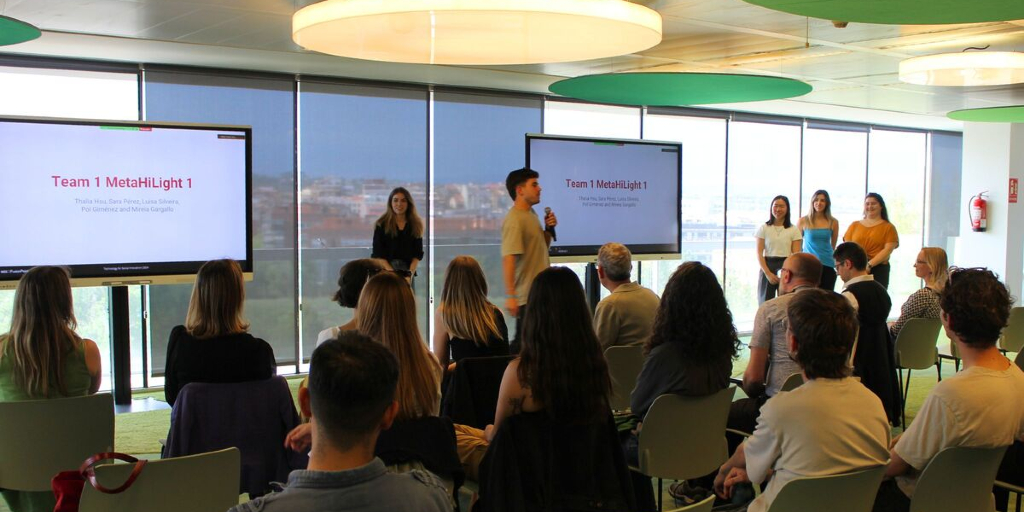The decarbonization of the gas supply and subsequent reconfiguration of gas flows through the grid will significantly affect the business dynamics of gas network operators. In particular, biogas, biomethane and hydrogen-enriched natural gas will play a crucial role in the years ahead, requiring the adoption of new paradigms for gas monitoring.
The PiPe4.0 project aims to tackle two primary challenges associated with in-situ monitoring in the distribution network by developing a system comprising two interconnected units: the Gas Monitoring Unit, able to perform a complete measurement of the gas parameters in injection and gas distribution cabins, and the Distributed Sensing Unit, that measure secondary parameters such as calorific value or pressure at different points, providing valuable feedback on the distribution network’s status.
Discover more about it in our interview with Luca Poletto, the coordinator of the Pipe 4.0 project and Research Director at the CNR-Institute of Photonics and Nanotechnologies (CNR-IFN), who provides insights into the project’s objectives.
What is your personal and career journey so far?
I studied electronic engineering at the University of Padova, and then I have a PhD in Electronic engineering. I am involved in developing laser-based instruments for lab-based applications. And I am the Research director of the National Research Council of Italy.
What is the project about? And which partners are involved?
The project is about the realization of sensors to monitor the gas quality in the gas distribution network, looking towards the future green powers like hydrogen-enriched mixture or biomethane. The partners involved in the research are: CNR and inanoEnergy which is a spinoff of the University of Porto in Portugal. Then we have a partner responsible for industrialization, Pietro Fiorentini in Italy. And then we have two end users: one is Inrete Distribuzione and Greenway in Italy. And finally, we have the University of Padova active in the project students.
What challenges have you faced so far?
The main challenge that we faced was the conversion of the product from a lab-based prototype to a product that can be put onto the market. So, going from a low TRL level to a TRL that is at level 8-9, so ready to go onto the market.
How would you explain the potential implications of this breakthrough to a non-scientific audience?
All of us use combustible gases in our daily life, maybe for heating in wintertime, or for cooking in the day-to-day life. Our technologies will help to measure the quality of the gas that we receive as final users especially looking at the new emerging green gases that will help the green energy transition like hydrogen or biomethane.
How do you think society will benefit from this project?
I think it will be important to have a system that impacts our way of perceiving the quality of the product, in this case, the combustible gas that we receive in our houses. So, I think it will be very important to have this new kind of product to improve the way we measure the quality of the new gases that will be used toward the transition to energy-green vectors.
For more information
Visit the PiPe4.0 project site.
The decarbonization of the gas supply and subsequent reconfiguration of gas flows through the grid will significantly affect the business dynamics of gas network operators. In particular, biogas, biomethane and hydrogen-enriched natural gas will play a crucial role in the years ahead, requiring the adoption of new paradigms for gas monitoring. The PiPe4.0 project aims […]



